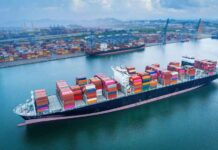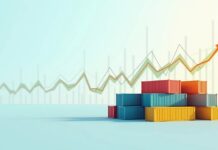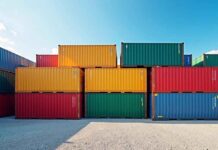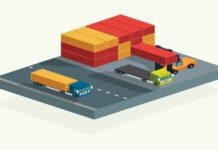More and more companies are realizing that they need to include national rules on sustainability deep in their foreign supply lines.
There is pressure on companies from all sides: governments are enforcing strict rules on business sustainability, customers want companies to be open and honest, and investors want companies to report on environmental, social, and governance (ESG) issues. People are paying more attention to supply lines and hubs for raw materials that are not near national borders or head offices.
With all of this attention, the rules that govern the global supply chain are getting trickier to understand. Businesses need to stay up to date on new rules like the U.S. Uyghur Forced Labor Prevention Act, the German Supply Chain Due Diligence Act, and the European Union’s brand-new Corporate Sustainability Due Diligence Directive (CSDDD).
Each of these rules says that a business has to look at and deal with environmental and human rights risks all along its supply chain, not just in its own operations. If you don’t follow the rules, your business could face major risks, such as fines and product bans.
Looking ahead to 2025, businesses need to make sure their plans take into account new rules, have a good effect on society and the environment, and deal with supply chain problems, all while doing well in a global market that is very competitive. While it may seem like a lot to ask, companies can create a more efficient plan that makes the best use of their time and resources by identifying the tasks that are needed to meet all of these goals.
Risk-based priority is a basic idea that runs through all ESG models, environmental goals, and supply chain rules. It means taking care of the environmental and moral risks that are the worst, most common, or most likely to affect how the business runs.
Building broad insight into the supplier chain is a key part of this work. To find the biggest environmental risks, businesses need to know more about their suppliers than just their direct partners. They need to know about each supply chain site. With this much openness, they can check for compliance, handle risks ahead of time, and use what they learn to make their systems more resistant to shocks. Visibility makes it easier to fully understand the supply chain, which lets businesses move on key areas where they can help and make things better.
It can be hard to make a detailed map of a supply chain. Today’s technology lets companies get detailed data and information from around the world. This helps them understand their supply lines better, handle risks related to sustainability, and change to meet the changing needs of corporate responsibility. These smart tools make it easier to set priorities for ESG areas, do thorough risk assessments, make sure that resources are used in a way that supports the company’s goals, and gather a lot of information.
Companies should try to meet the strictest requirements in each area of ESG in order to meet sustainable standards in more than one region. The following best practices are part of a good strategy:
A long-term plan for managing the supply chain. One that focuses on lowering the risks of harming the environment and breaking labor laws can help with both following the law and running the business efficiently. When companies use responsible buying methods when they buy things, they can save up to 16% on costs. By giving suppliers performance goals, companies can get reliable information that can show they’re meeting a number of sustainable requirements.
Keeping an eye on and measuring. A sustainable supply chain plan starts with collecting information on important environmental and social performance factors, like how much energy is used, the risk of modern slavery, pay, and fighting corruption. This method, which is based on data, finds risks and possibilities all along a supply chain. For instance, companies can keep an eye on their Scope 3 pollution and find ways to cut them by getting environmental data from their sources and keeping track of it all the time. This thorough tracking makes a sustainability plan better as a whole and is needed to show progress toward science-based goals for reducing carbon footprints or reaching net-zero emissions.
Engaging with suppliers. It is very important to communicate and work together with providers about what is expected of them in terms of safety and environmental standards. When there is this much openness, trust grows between buyers and sellers, which helps create long-lasting solutions that are good for everyone.
Program for evaluating suppliers. This is very important for making methods more environmentally friendly and making sure that legal standards for workers’ rights and the environment are being followed. As part of the program, suppliers should be evaluated regularly on how well they meet the key performance indicators set out in the company’s sustainable supply chain strategy. It can save time and money to use an integrated supply chain sustainable tool to keep, share, plan, and examine these reports.
Informed choices about buying. Think about things besides price, like working conditions, carbon footprint, and the ability to track materials. Studies show that almost half of millennials and Gen Z customers are ready to pay more for goods that are better for the earth. Inviting sellers to create more eco-friendly products helps companies follow the law and do better in terms of environmental, social, and economic factors (ESG) factors. It also helps them offer good products and services at reasonable costs.
To make supply lines more environmentally friendly, we need to do more than just follow the rules. It requires a promise to make processes that can be used in the future and that improve both business duty and practical efficiency.
Businesses that follow these best practices can set the standard for long-lasting supply lines, become stars in the new global economy, and be sure of long-term success.

























